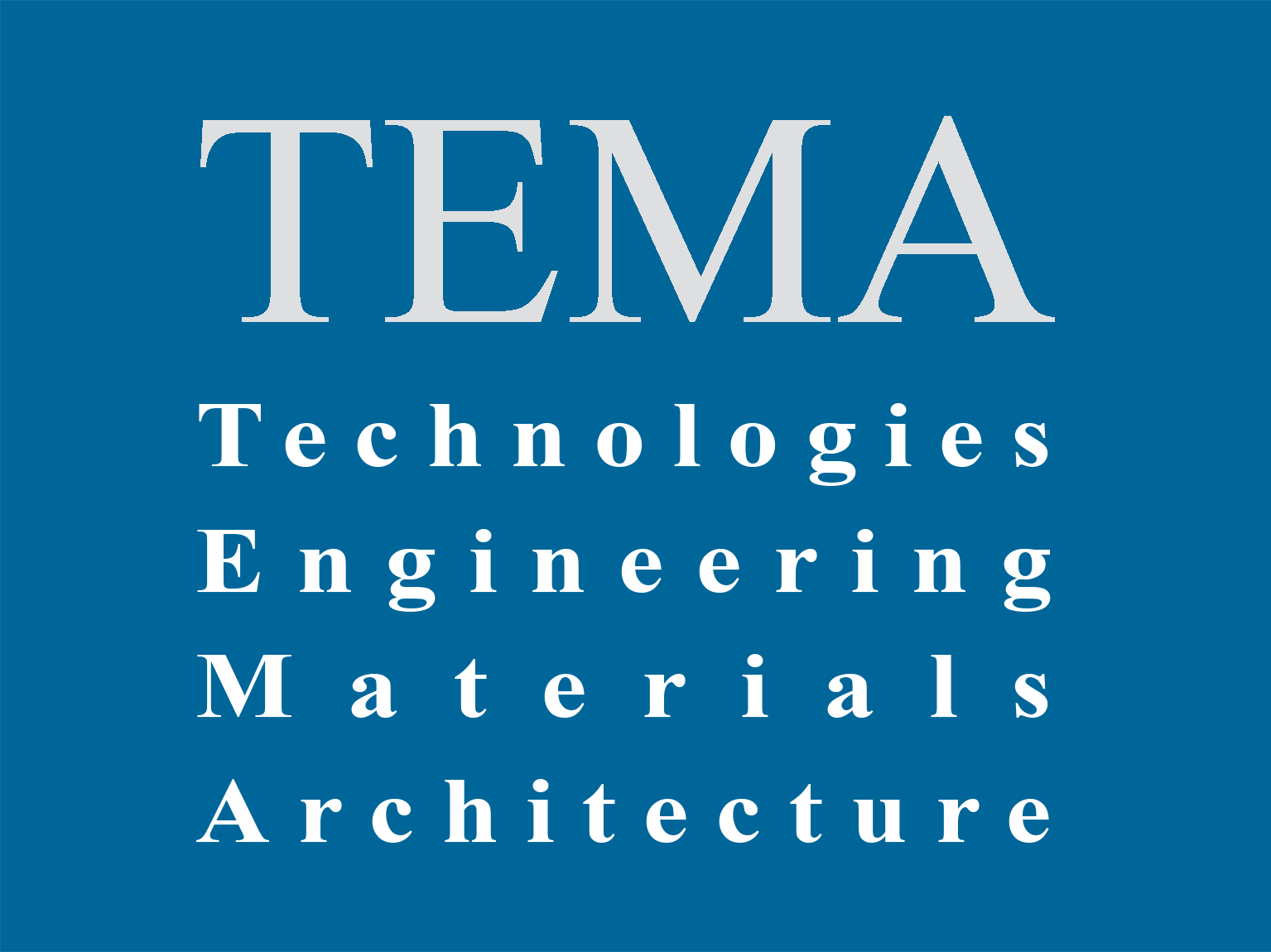Abstract
The continuous evolution of 3D surveying and modelling techniques, using increasingly high-performance tools and applications, highlights the added value of these methods in the field of urban and architectural survey. In the case study presented, attention is focused particularly on applications useful for the planned maintenance of cultural heritage (CH). These tools and methods have a significant impact on the phases of interpretation and “physical” knowledge. They can also bring a critical contribution to the completion of models that are not only geometric but also semantic and informative, supporting 360-degree planning of the maintenance of our historical architectural heritage.
This support for scheduled maintenance has been identified in the HBIM methodology, based on an integrated 3D metric survey.
A three-year research project on this topic (Interreg Italy-Switzerland “MAIN.10.ANCE”, 2019-2022), partnered by Politecnico di Torino, is currently in the central phase. The main focus of the project is a UNESCO heritage site: the “Sacri Monti” (Sacred Mountains) of Italy and those in Canton of Ticino (Switzerland), with the need for a common and shared conservation plan.









